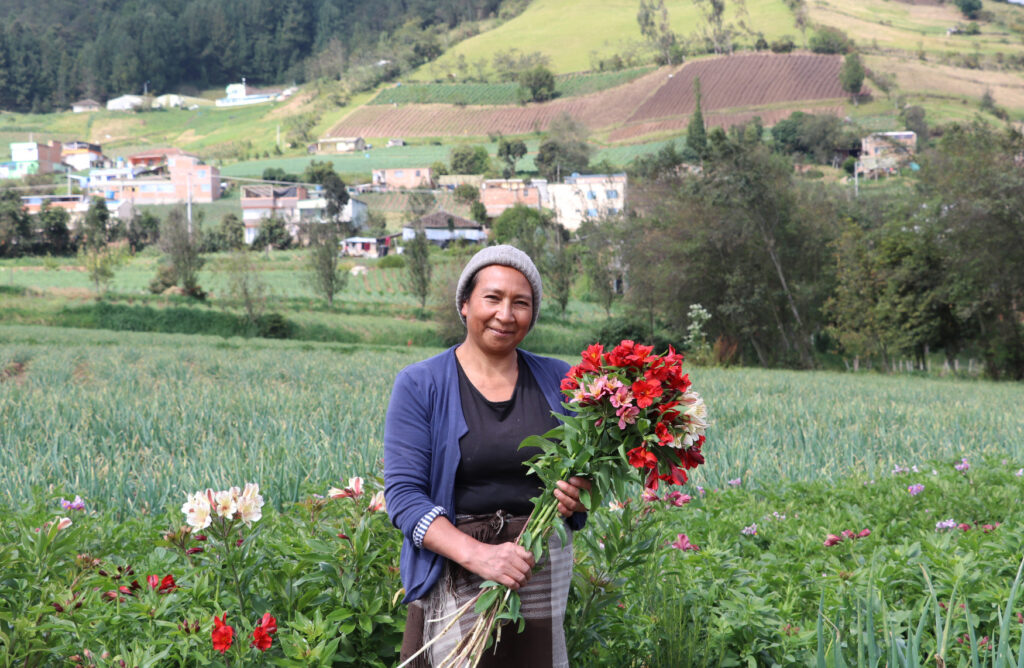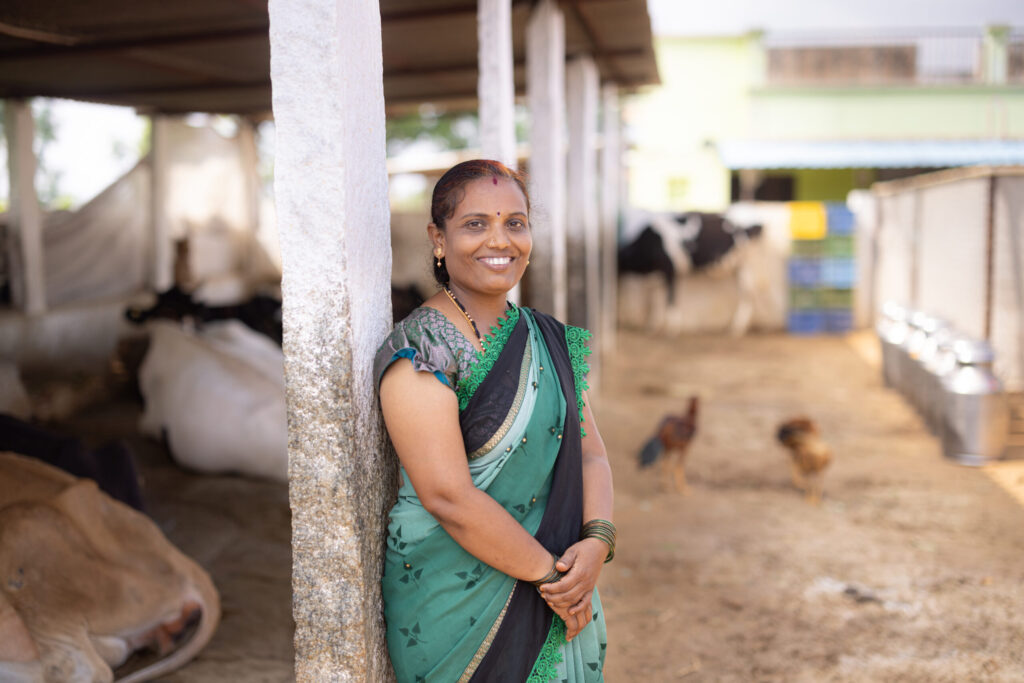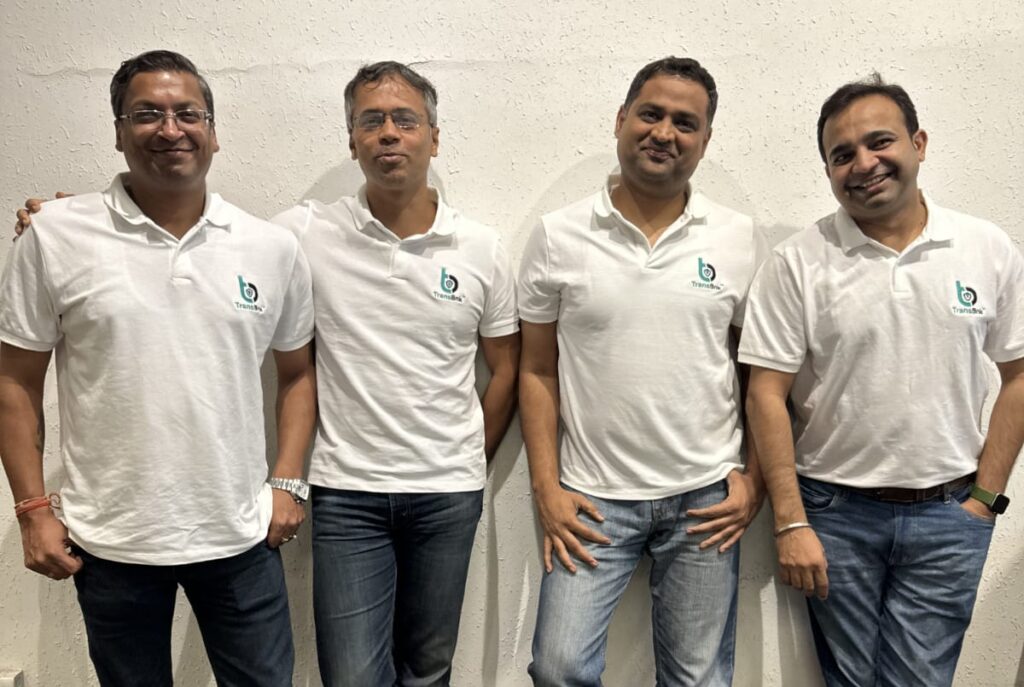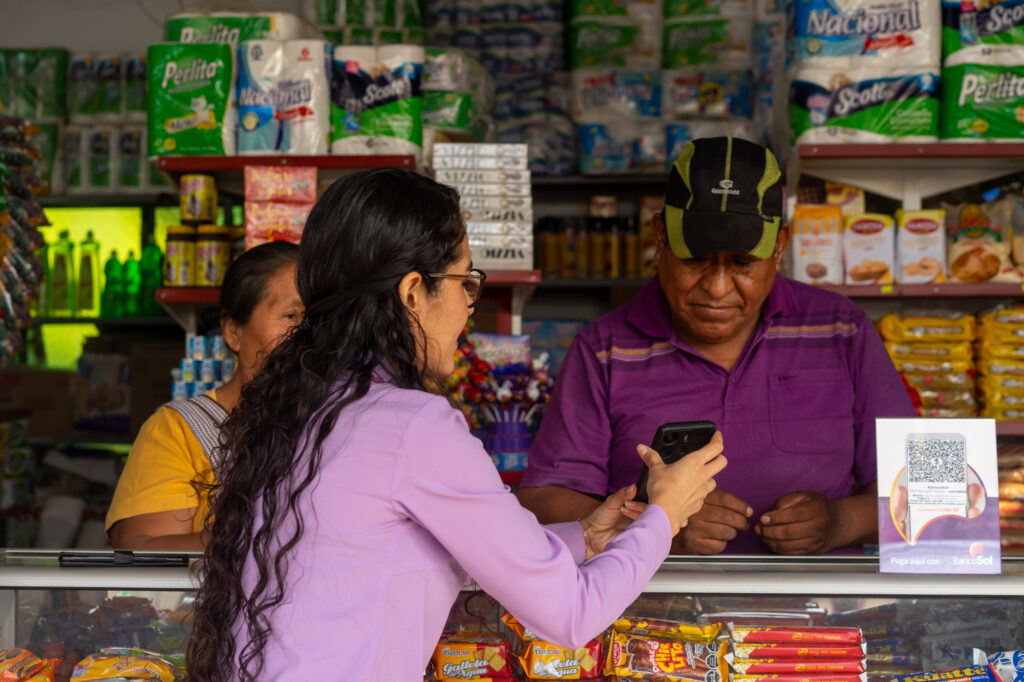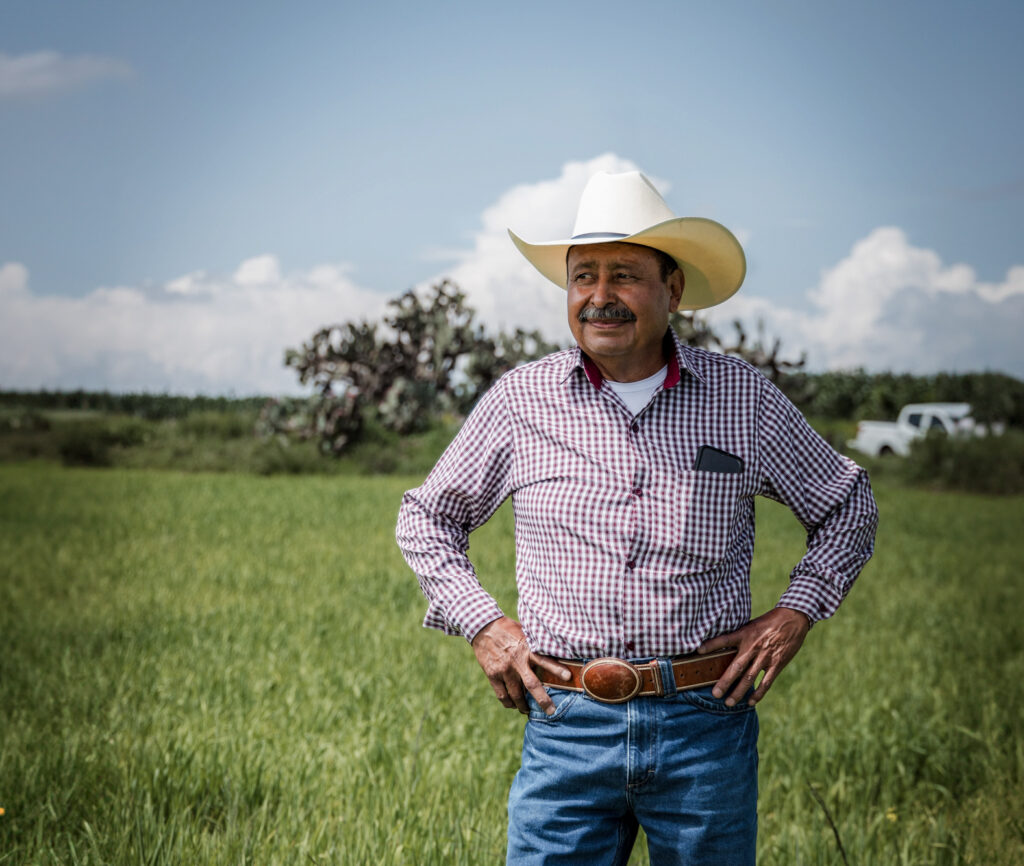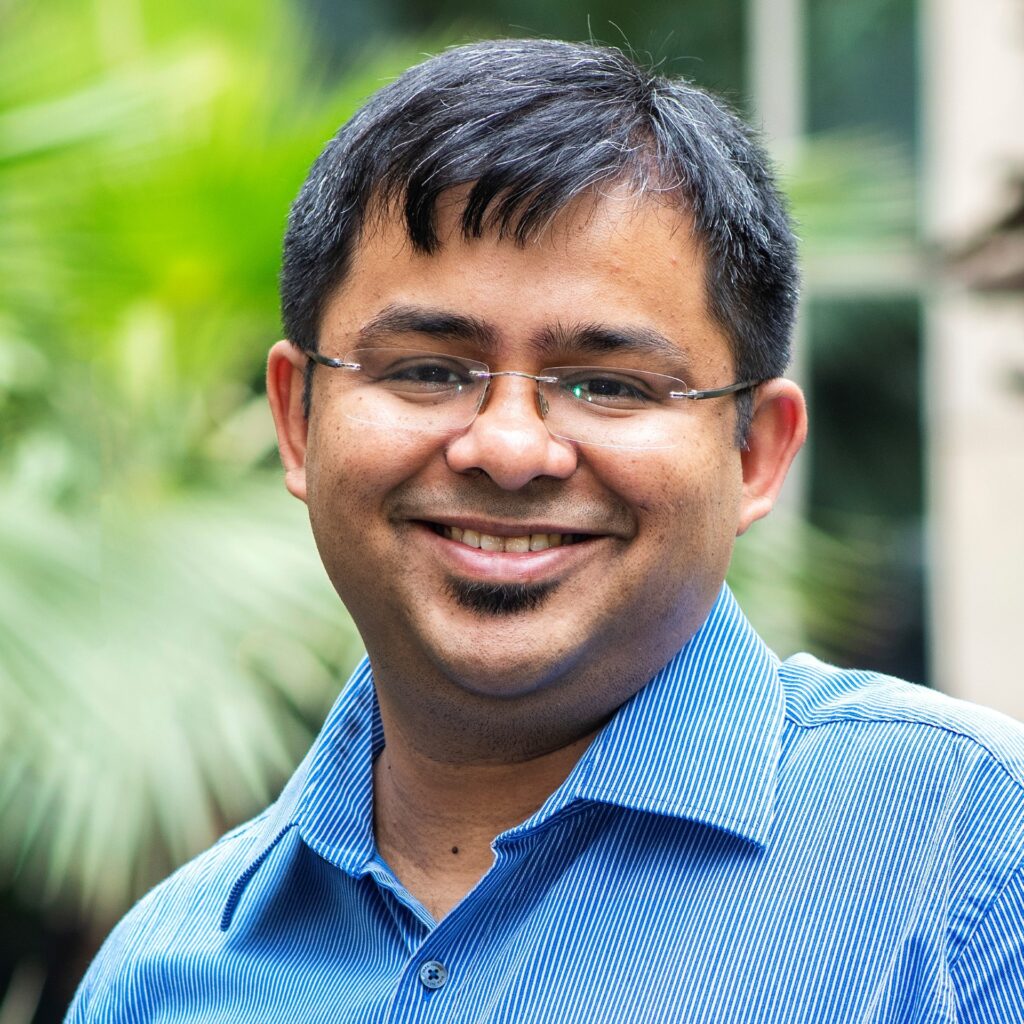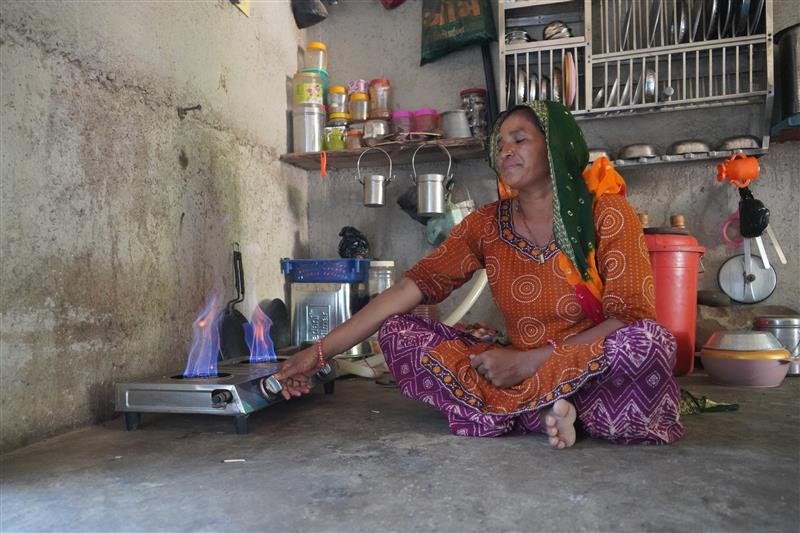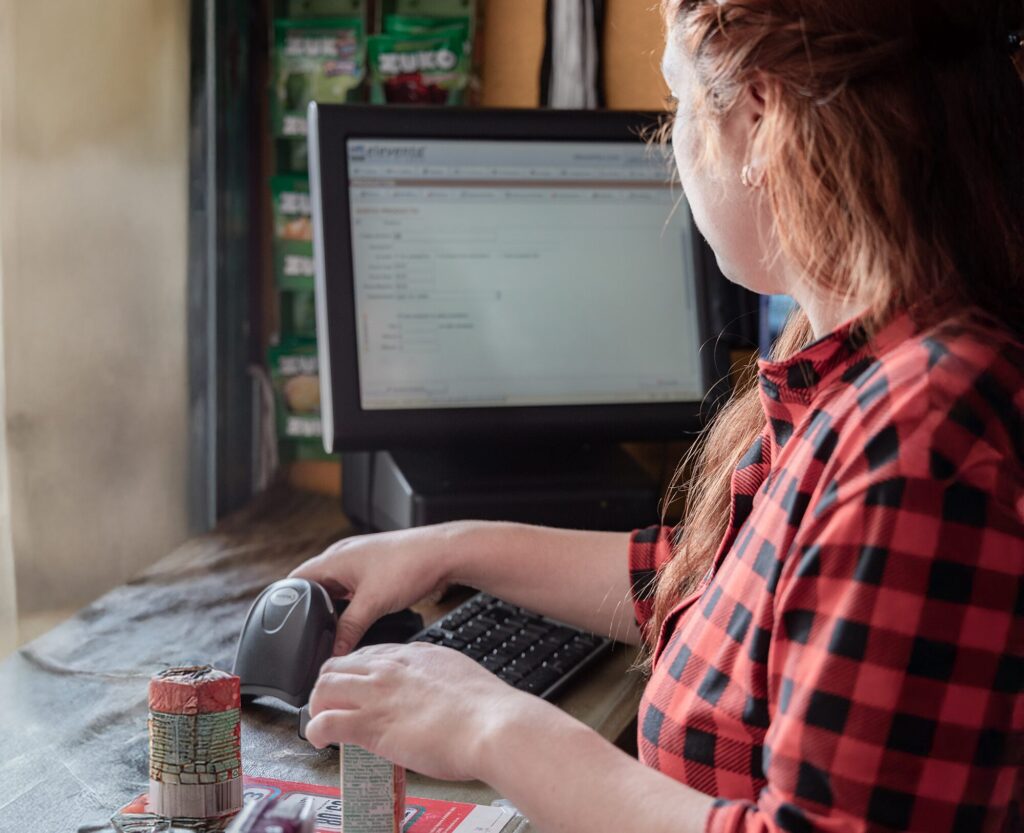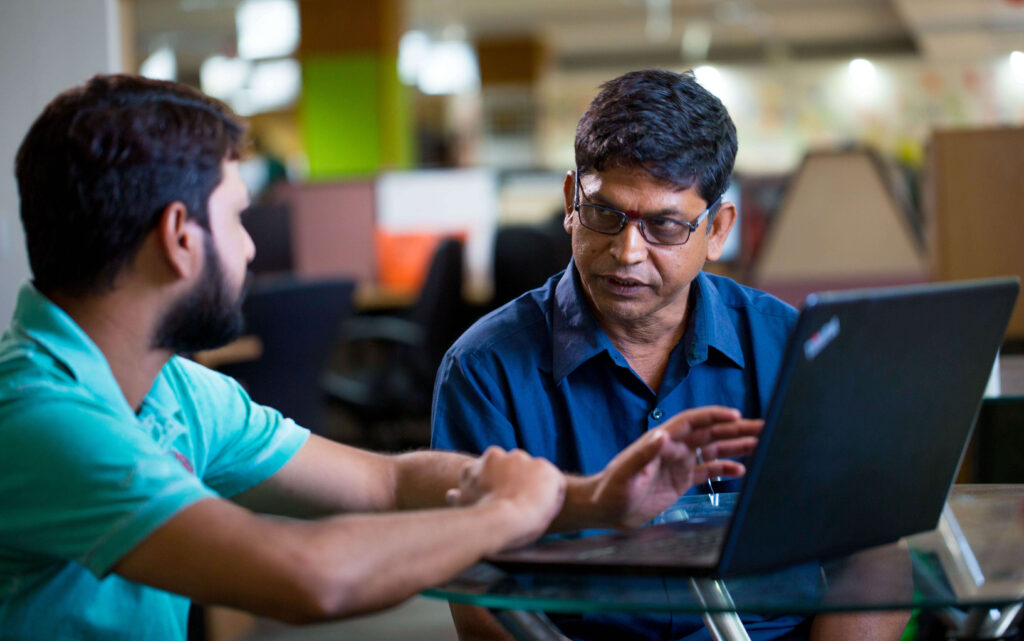
The fintech world is still buzzing about Intuit’s announcement that it will acquire Credit Karma for $7.5 billion. Credit Karma’s steady ascent, expanding portfolio of services beyond free credit reporting, and a broad slate of partnerships make it a veritable success story for their founders and investors. (We also have to give a shout-out to our DC-area neighbors — and occasional co-investors — at QED for this one!)
As a platform that promotes financial inclusion for millions of consumers in America and across the world, we at Accion Venture Lab are excited to see platforms like Credit Karma thrive. Combined with other parts of the fintech value-stack — payment platforms like First Data or rewards aggregators like Honey, for example — these stories ensure that the fintech world is ripe for even more innovative partnerships. Credit Karma’s mission puts it in a bit of a different category, though: as its founder, Kenneth Lin, says, “We started Credit Karma with a goal to build a trusted destination for all consumers, to make financial progress regardless of where they are in life.” They’re openly declaring that their value comes less in the form of more commerce, but smarter commerce for its 100 million members.
The fintech world is probably wondering what the next frontier is — and we’re seeing several platforms that have the potential to make their mark in fintech lore. They may not be intuitive to Silicon Valley or the U.S. venture capital world, though — and no surprise: they’re operating in markets some investors in the U.S. haven’t yet explored.
Here are a few trends that make us believe we’ve not seen the end of high-value consumer services like Credit Karma:
Consumers exist everywhere, and they’re increasingly interested in their financial health
Our portfolio operates in high-population markets like India and Mexico, where we’ve seen a continued, rapid expansion of interest in the types of services that Credit Karma provides. Consider the fact that a far larger proportion of the population in each of these markets is not only underbanked but also has never had any form of credit whatsoever. According to the World Bank, roughly 20 percent of the world’s population — or 1.7 billion people — are underbanked, and over 200 million Micro, Small, and Medium Enterprises (MSMEs) have no access to traditional banking services.
There is also a compelling case for focusing on these markets based on consumer trends: in India, for example, consumer spending is expected to quadruple by 2030 on the heels of an increasing GDP per capita, and a cursory glance at consumption as a proportion of GDP shows that these countries have robust consumer spending. McKinsey’s research suggests that, in 2025, more global citizens will be part of the consumption class than those living in poverty — the first time in modern history this will have occurred.
What’s encouraging is that many financial services providers operating in these markets don’t have a “brute force” mentality — many of them recognize that temporary gains can be detrimental to consumer confidence and overall market health. Our colleagues at the Center for Financial Inclusion have spent considerable time working with local and global financial institutions to encourage the appropriate use of financial instruments, marketing, and resources to ensure that consumers are well-educated on their financial state as they enter the consumer class.
Moreover, the business makes sense
A common concern we hear when someone is considering an investment abroad is the potential for returns that match those in well-developed markets: that the opportunity for scale is too low, the revenue per user (ARPU) isn’t high enough, and the exit will take longer. This is traditional top-line thinking that ignores a few areas of inertia — namely, both acquisition costs and operating costs are lower in many of the markets where we operate. We encourage our companies to scale responsibly and take on a balanced amount of financing to keep the business thriving. Our investment dollar extends far longer with a Lagos-based company than one in San Francisco — and it’s just smarter to be building tools in the markets you serve. The proof is in the numbers: rates of return for emerging markets-focused venture capital rival those of North American and Europe-based funds.
Finally, emerging markets startups are thinking in terms of unit economics and growth
Whether we’re first looking at a company or working on a new product with them, we stress the importance of unit economics (UE) and its status as the Holy Grail of metrics. Without it, growth is perilous — but on the same end, positive UE without growth is boring. So, we pay very close attention to it and continuously press our founders to dwell on it. Simply put, the relative dearth of available venture capital to seed-stage companies in these markets means that positive UE will be an important factor. And while traditional, Silicon Valley-focused investments will account predominantly for growth (even past the IPO), investors will continue to want to flock to a more reassuring asset class — well-balanced startups in traditionally overlooked markets. How’s that for a plot twist?
Profiles in opportunity: Credit Mantri and Destácame
I couldn’t walk away from this post without sharing a few examples of companies we’ve seen that are validating these trends. I’d like to introduce you to two of them:
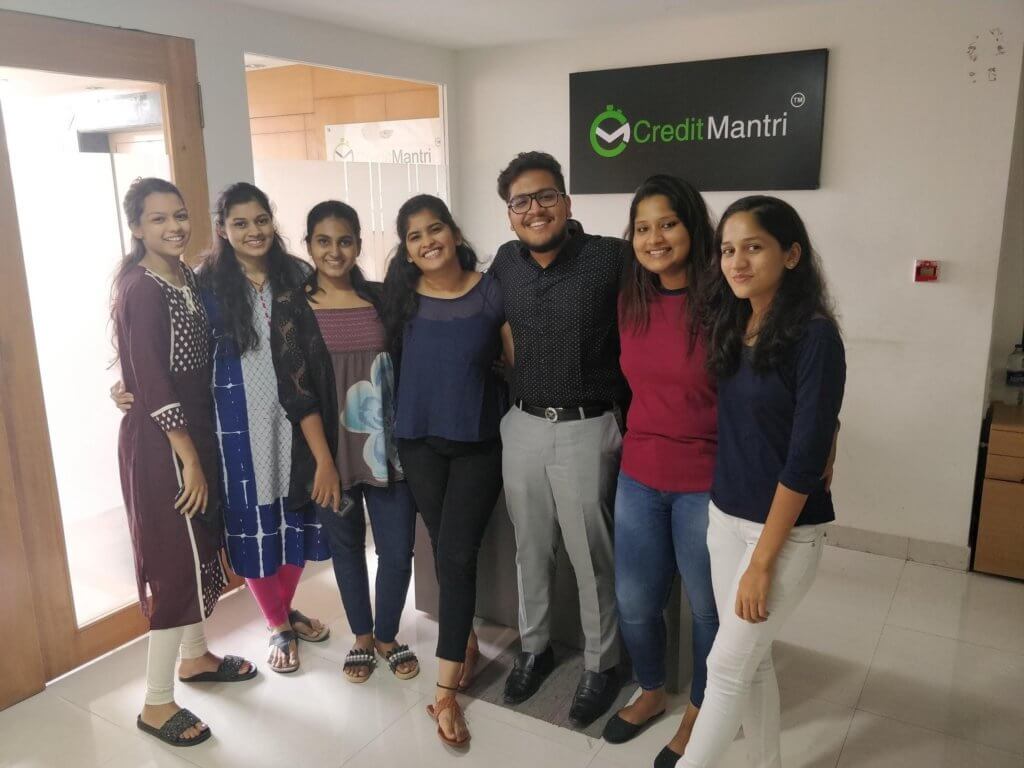
CreditMantri is an India-based company focused on helping consumers understand the status of their financial health and providing them with products and services suited to their credit profile so that they can build and maintain good credit health. When we first partnered with CreditMantri in 2015, we believed that the time was ripe for a breakthrough in financial transparency for emerging market consumers. CreditMantri’s model approaches customers initially with a glimpse into their financial health via credit scoring, then actively works to understand this consumer using traditional and alternate data. Besides addressing the needs of the credit-healthy consumer, what sets CreditMantri apart is the ability to address the credit needs of consumers who have been denied access to credit and then help these consumers get back into the formal lending ecosystem.
CreditMantri does this with a strong, data-led product platform and deep lender connections across multiple teams in the lender organization. CreditMantri also works with Sales, Product, and Credit teams at lenders to create special programs using alternative data to help lenders acquire new customers while also working with Recoveries and Collection teams at the lender to help them recover delinquent loans. To date, CreditMantri has served more than 10 million individuals and small businesses in India, partnered with over fifty lenders, and it has a bright outlook ahead.
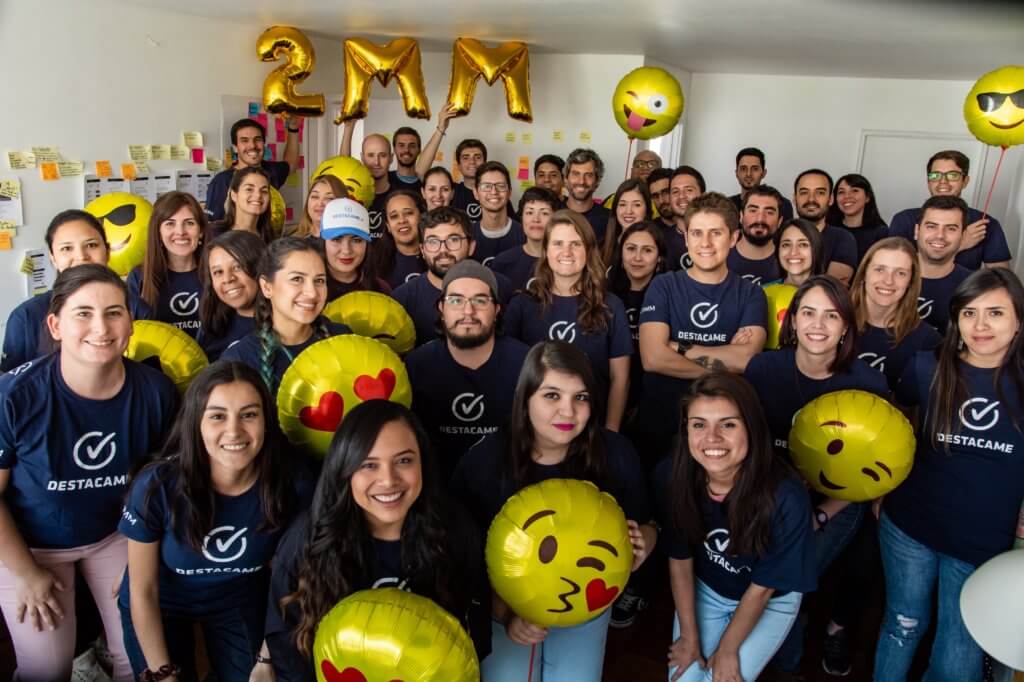
Chilean-based Destácame operates with a similar model in mind. When we first met them in 2017 and participated in their seed round, they wanted to deliver their tested-and-proven alternative credit scoring model to Mexico. Since then, they have provided not only a unique method of introducing underserved customers to credit and financial health, but they have added a complete marketplace of banking services to their users in Latin America via partnership with traditional financial institutions. Their set of services is quite diverse, ranging from past-due debt repayment to savings, and from alternative credit assessments to direct credit products. Through this unique approach, Destácame’s customers have a suite of tools to understand financial health, and banks have more thoughtful channels to introduce their services to this growing class of consumers. More than 2.5 million people across Chile and Mexico are benefitting from their approach.
So, investors, turn your eyes outward and gaze upon the opportunity ahead. We’ve been investing in these markets for nearly a decade — and we can safely say it’s been not only enjoyable, but extraordinarily beneficial to investors, startups, and the people they serve.
